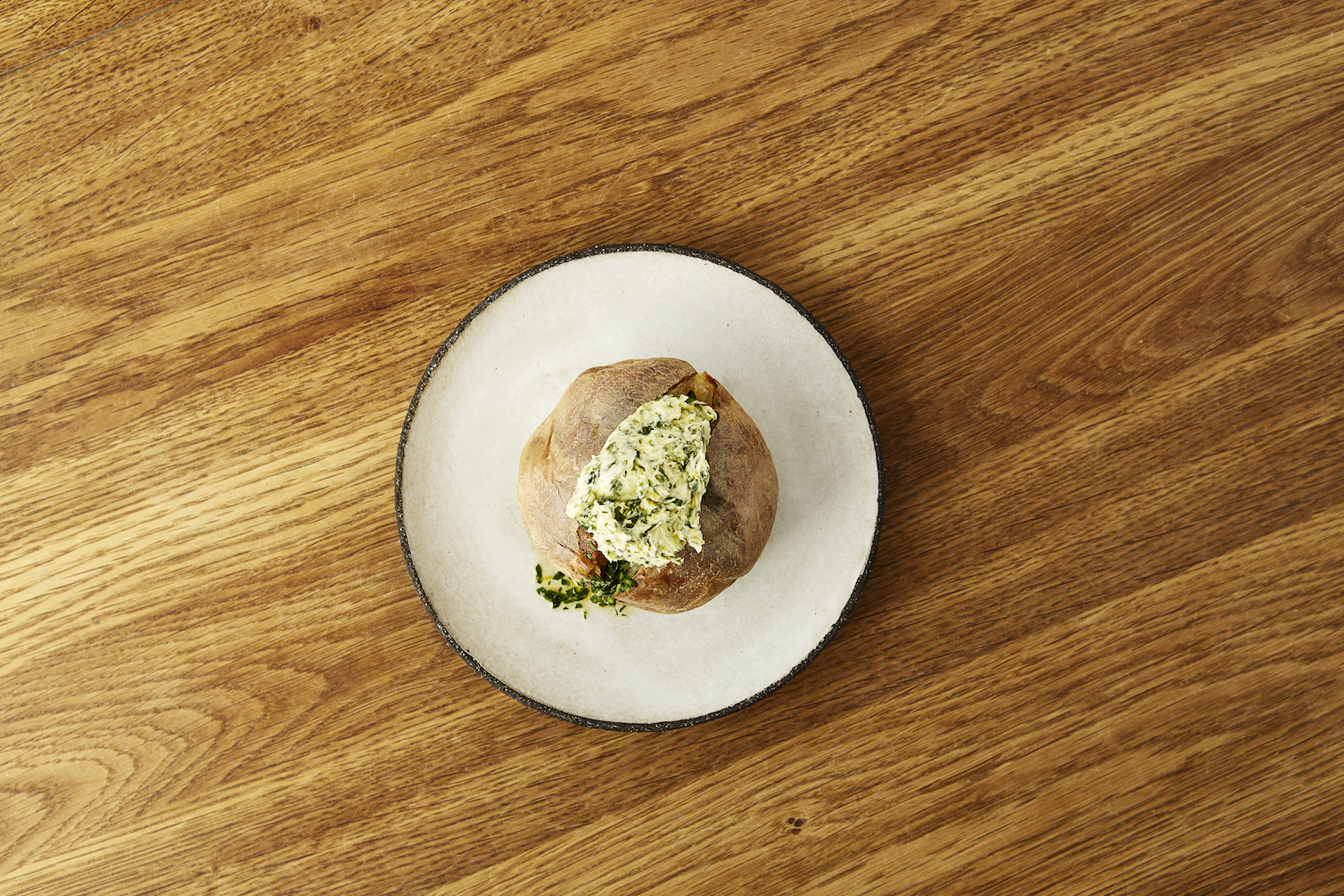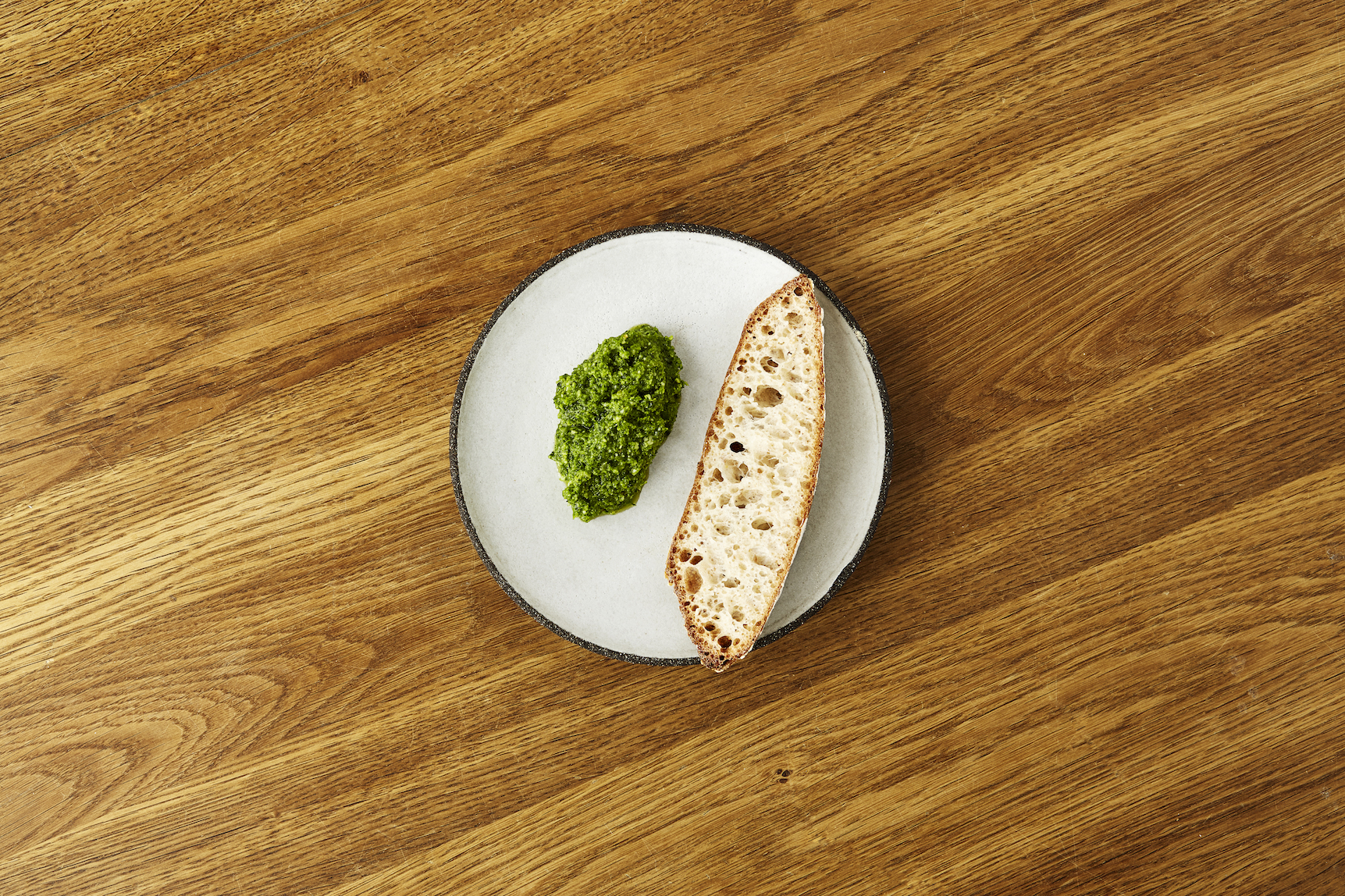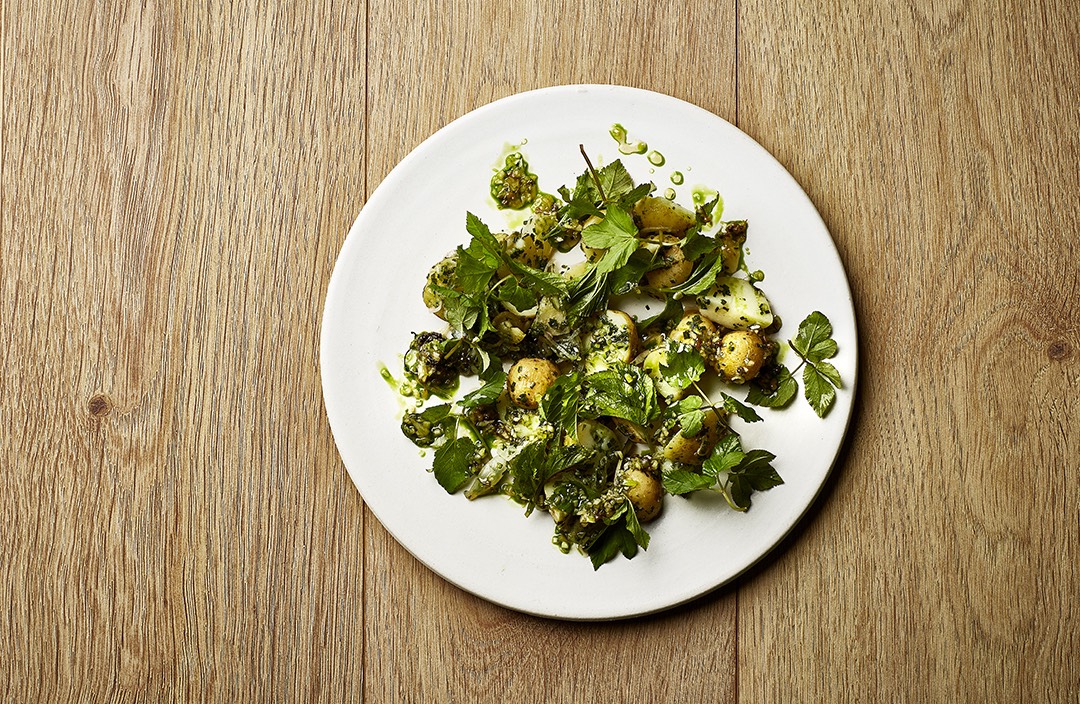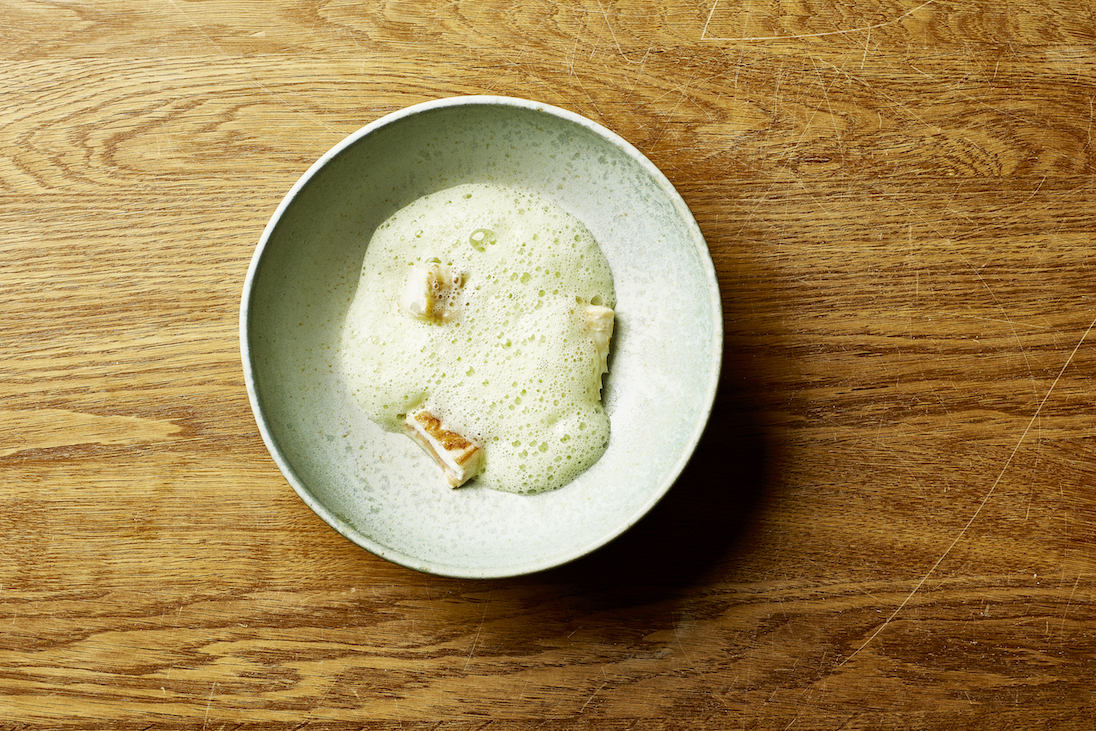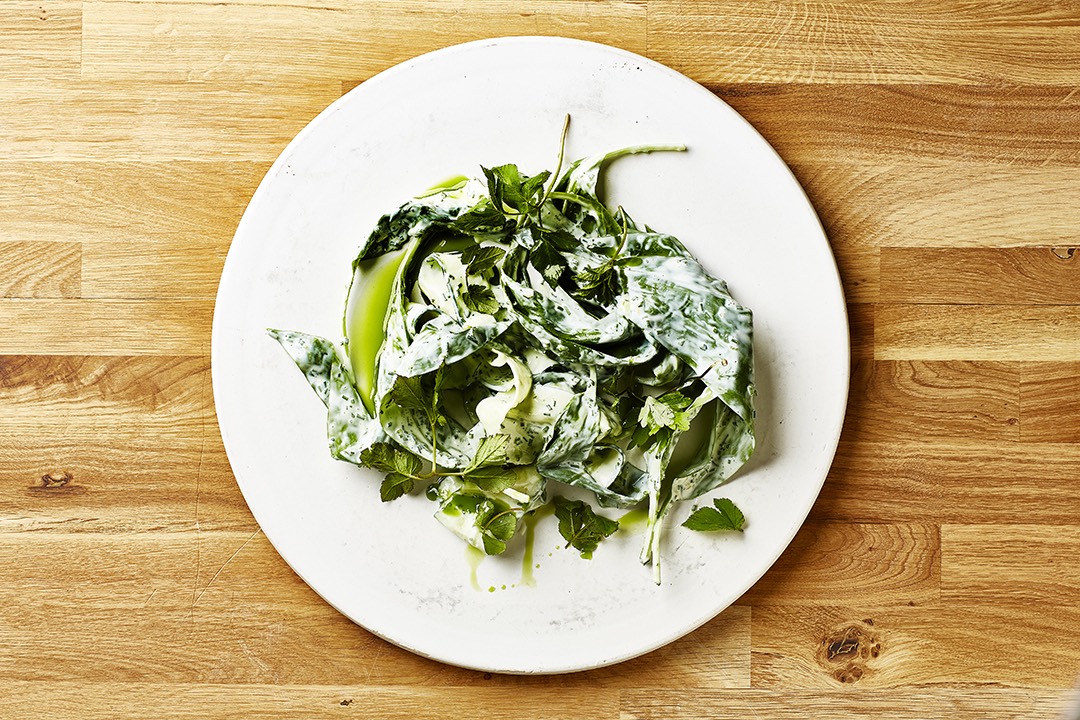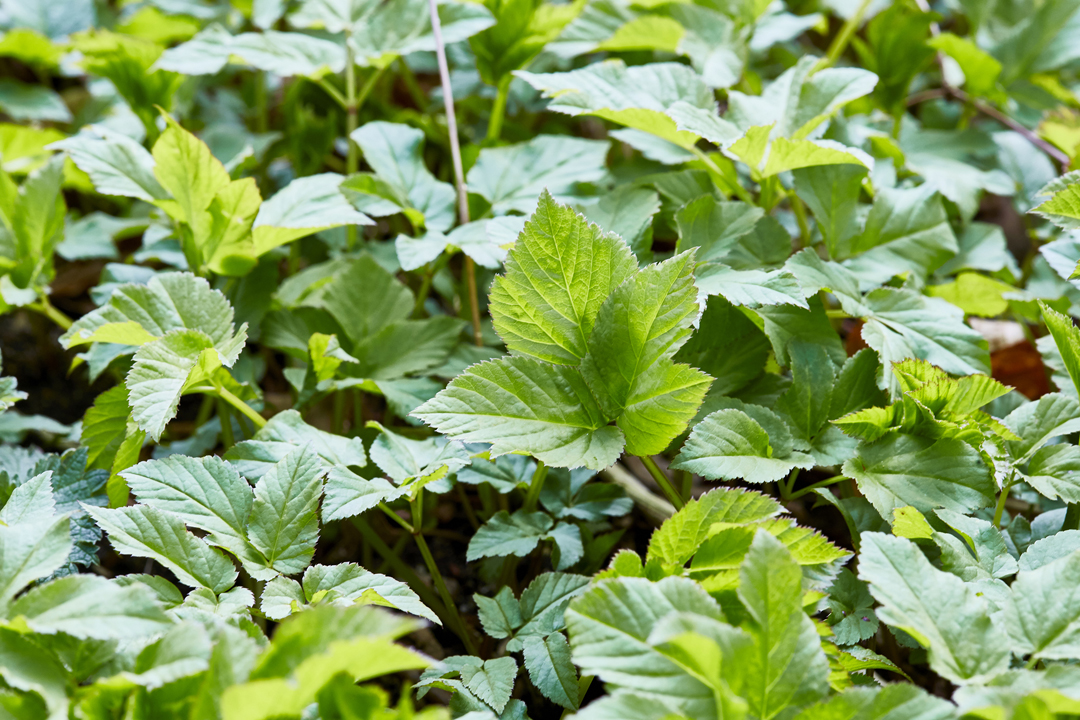
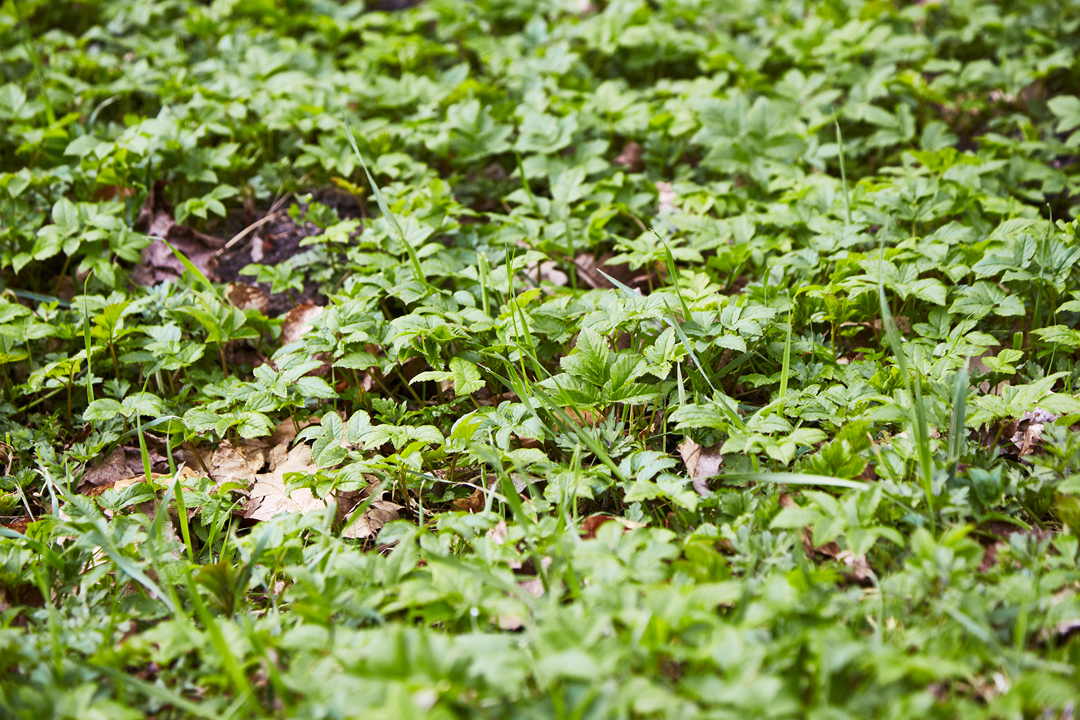
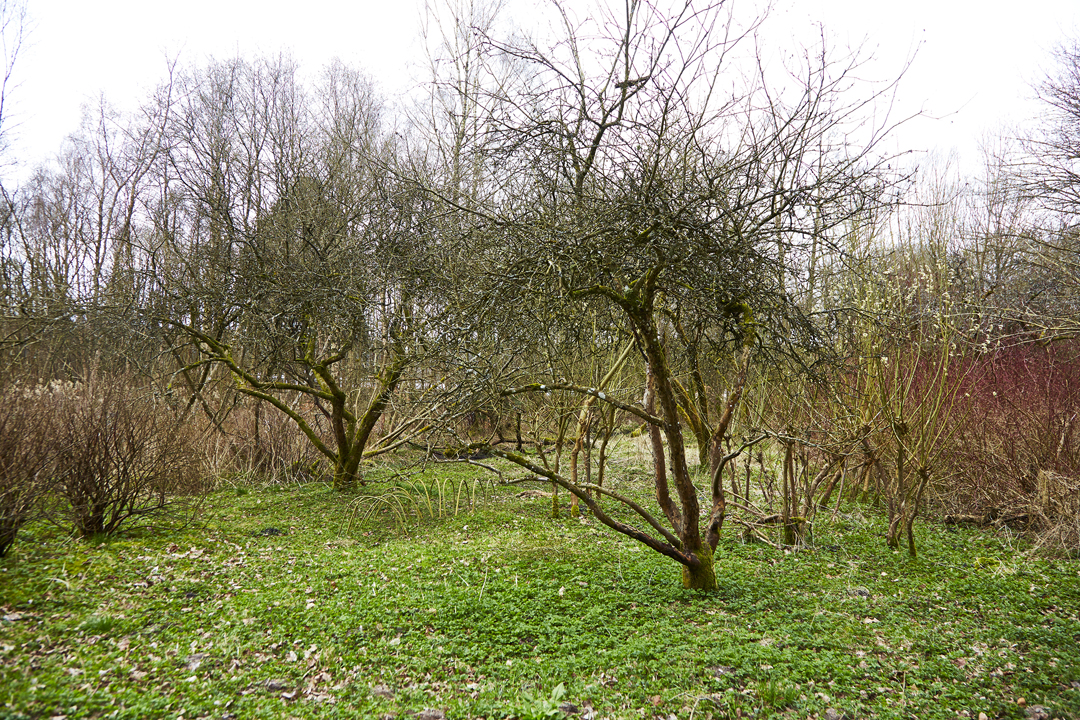
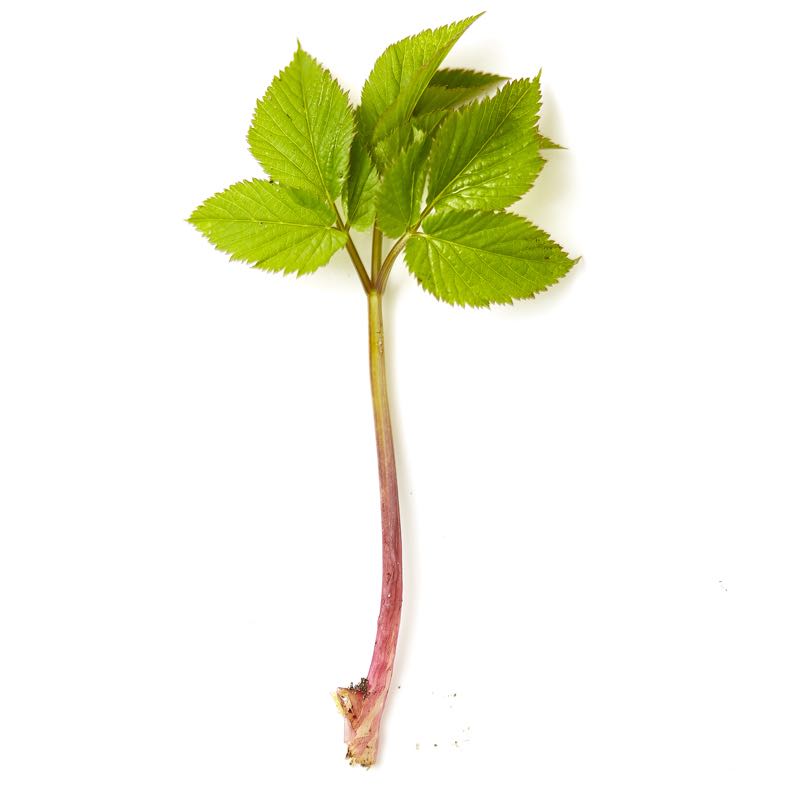
Ground elder
Ground elder was originally brought to Denmark by monks who thought it was a wonderful spice. Since then, it has spread invasively and become the gardener's number one enemy.
-
Where to Find It
Ground elder grows in lightly shaded areas with moist soil, where its roots spread rapidly underground. It can grow anywhere that has nutrients in the soil: near dwellings, parks, deciduous forests, ditches, and hedges. As any gardener can tell you, once ground elder gains a foothold, it’s almost impossible to remove.
Salt marshes, streams, lakes, deciduous forests, coniferous forests, towns, hedges, roadsides, grasslands.
-
When to Find It
You can pick ground elder from the end of March to May, but if you cut it back and allow it to regrow, it will still be available in November.
Shoots, leaves, flowers, and seeds: March, April, May, June, July, August, September, October, November.
-
How to Spot It
Ground elder can grow to 40-50 cm, and has tapered, serrated leaves that sit closely together like those on a clover. When it flowers, the plant sends up a meter-long shoot that forms small, white blossoms in umbels or half-dome shapes. The plants grow closely together—so closely that they stifle all other vegetation.
-
How to Pick It
It's best to pick ground elder right before the leaves unfold, while the plant is still young and bright green. During this time the entire plant can be used. The leaves taste best when they are still smooth and shiny on the surface. Once they have unfolded and turned dark green and matte, they are rough and have the consistency of cardboard. These large leaves are edible, but will need to be chopped or puréed well before using.
Risk of misidentifying the plant
There is no risk of mistaking the plant for another dangerous or undesirable plant.


